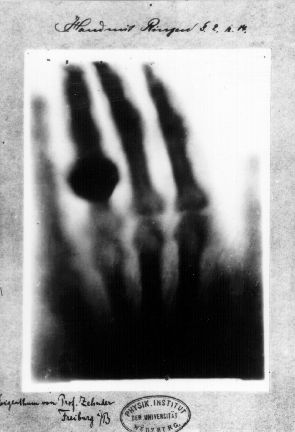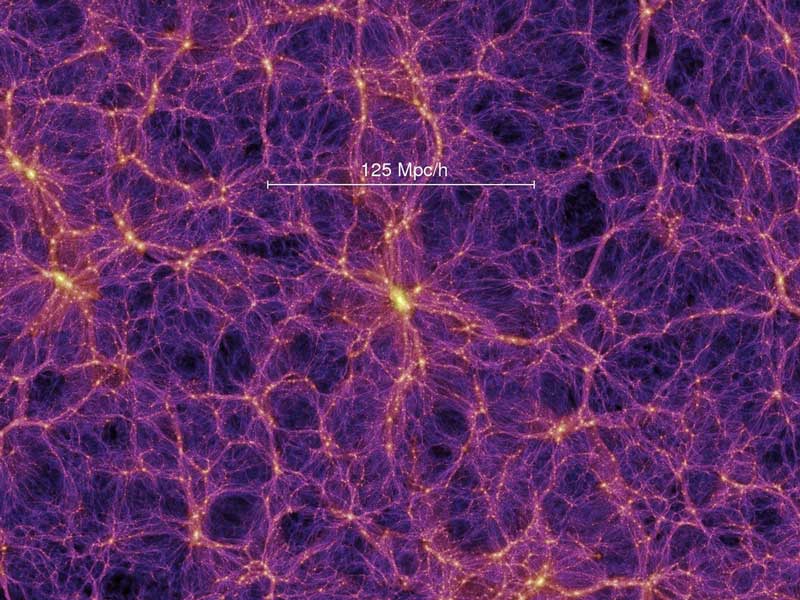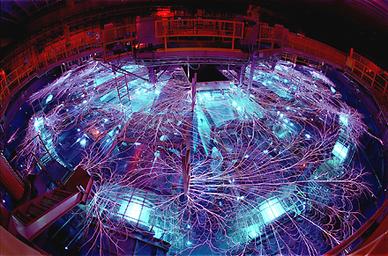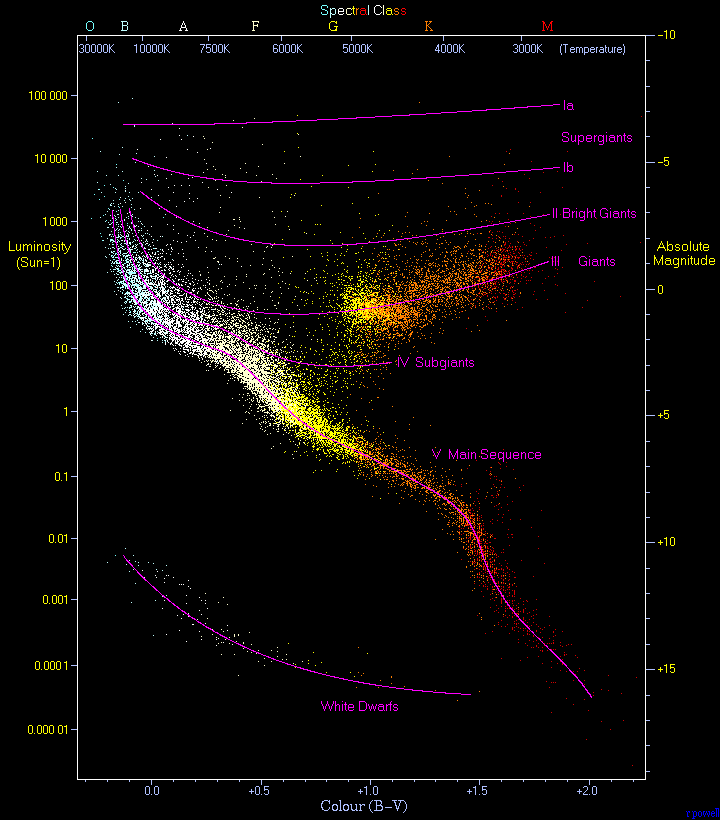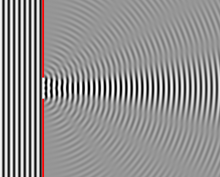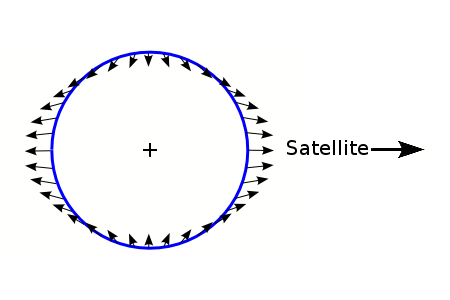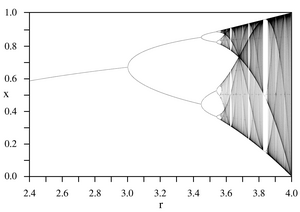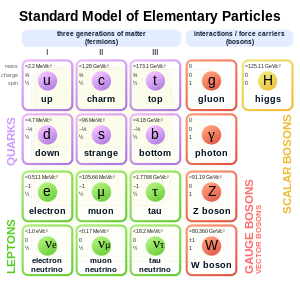Just put that on while you read this. I'm serious. Turn your nonsense off. That is sexy music.
Nay. It is sex music.
So, (he said, as though there were no such thing as a long absence), I was thumbing through this month's Discover, reading an interesting article on the possibility of life on other celestial objects in our solar system ("Frozen. Irradiated. Desolate. Alive?"), and came across this statement:
Although located a half-billion miles away from the sun, [Europa] receives a strong tug from the gravity of mighty Jupiter that warms the moon's insides.BRILLIANT!
Tidal forces, as readers very well know, can have significant effects on large things. But here on Earth, tidal forces are rather simple. Our moon has already settled into a synchronous rotation, always showing the same face. Like this!
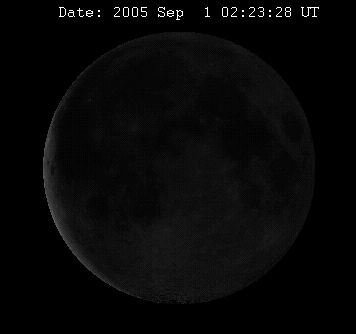 |
| (wiki) |
(Fun Fact: this gif is apparently going to play the entire time I type this. Blogger is weird.)
I say the moon 'settled' into that rotation, and I really do mean it. Nature, when unperturbed, tends to reach for the lowest potential energy needed to continue doing whatever it's doing. Back when the moon spun relative to Earth, there were indeed friction: imagine a point on the surface of a spinning moon, tracing out a spirograph-like pattern in it's orbit around the Earth. As that point draws away from the planet, it is fighting against a gravitational pull, that it's corresponding point on the opposite doesn't suffer: it's motion towards the Earth is actually strengthened. This asymmetry contributes to frictional forces that, over time, serve to slow the rotation of the moon (and indeed, to a slight extent, the Earth).
Friction is an agent of entropy - mathematically, you can consider it a dissipation term (in a different context, mentioned here), it makes for a more even distribution of energy, the result in this case being an 'easier' (lower energy) orbit.
But I digress.
The article was talking specifically of this tidal heating happening in Europa (Jupiter's second moon), but the most significant object in the solar system subject to this is Io, Jupiter's first moon.
As I have literally just now learned, Io is in a resonant orbital period with Europa and Jupiter's third moon, Ganymede.
Fun Fact: their resonance prevent a triple conjunction (all three moons aligning on the same side) from ever happening.
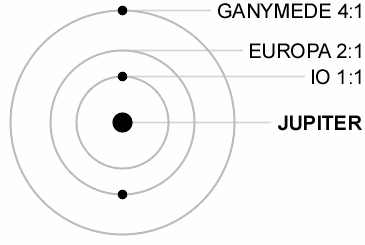 |
| (wiki) |
 |
| You are beautiful, Io. No matter what they say. |
Oh, and if you wanna learn about why it's so important on Europa, you'll have to read that article too. GOTCHA!
